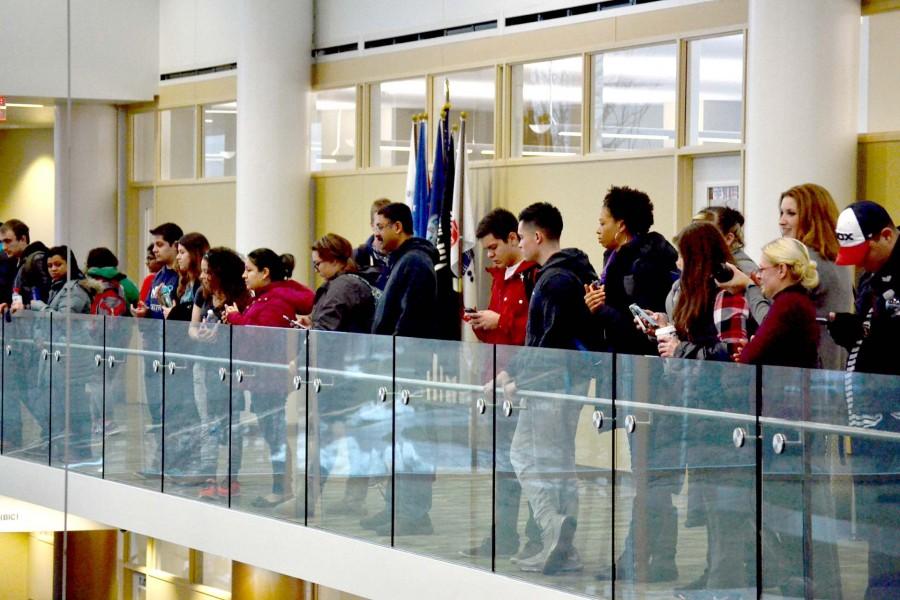Community vs. college
Should students or district members have more say?
A community college is a unique institution, and College of DuPage is no exception. In fact, COD is especially rare because of the level of dedication and care its community provides. The COD administration, faculty and county residents are perpetually involved in the college’s affairs, if for no other reason than their own benefit. After all, when the college is thriving, so is the community. However, the community has also proven how easy it is to forget about the college’s silent majority: its students.
At any board meeting, spotting COD community members isn’t difficult; they typically call themselves concerned taxpayers during public comment, and concerned they should be. According to the DuPage County Clerk’s Office, in 2014, 73.16% of residents’ property taxes went toward schools, including COD. In total, COD received around $93,432,000. The college has undoubtedly faced its fair share of scrutiny over how these tax dollars were used in the past, and it’s for that reason that so many community members are invested in college matters today.
Still, it seems like proper use of their taxes is the only thing that concerns these residents, and not the wellbeing of the students the college serves. As COD’s largest benefactors, students are directly and indirectly affected by every change made to the college. Everything from the addition of new buildings to the election of new board members can alter a student’s college experience. Meanwhile, community members are typically only on campus to attend board meetings to make sure their money is going to a good cause. It leaves us wondering why these community members seem to believe that the school’s main concern should be their opinions.
According to the DuPage County Clerk’s Office, in 2014, the average DuPage county resident paid around $309.59 toward COD in property taxes. It’s no small sum, but when taking into consideration that the average full time student pays between $1,620 and $3,864 per semester, on top of the taxes that in-district students pay, it’s easy to see that it is the students, not the taxpayers, who are more financially invested in the college. It is the students, not the taxpayers, who are on campus every day. It is the students’, not the taxpayers’, opinions that ought to be of the college’s utmost importance.
In defense of these residents, it is easy to forget about students comprising the silent majority because for the most part they are just that: silent. With the chaos and divide that have surrounded the school’s administration and faculty, there’s been little time taken to focus on what’s actually going right: for the most part, the quality of education provided to students has remained consistent, if not improved. Despite the college’s recent failure in obtaining accreditation from the Higher Learning Commission, the issue has not and as of now will not affect students.
Nevertheless, this doesn’t mean that community members should forget about the sole reason the college exists and advocate for their wants without considering the needs of students as well. When declaring what they want in a college and new president, there is hardly mention from residents of better academics or more clubs and organizations. Their main concern is typically centered on themselves, on the profitability of the college and how it can raise their property values as a result. Yet isn’t it better academics that make a school district desired, therefore increasing the value of their homes?
COD may be a community college, but it is the students, not the community, who are the most invested in college affairs, and that ought to be acknowledged. This school is just that—a school—and although the community plays a key role in the community college machine, the students are the glue that holds everything together. The community’s taxes are important, but at the end of the day, the students’ education should be COD’s top concern.







